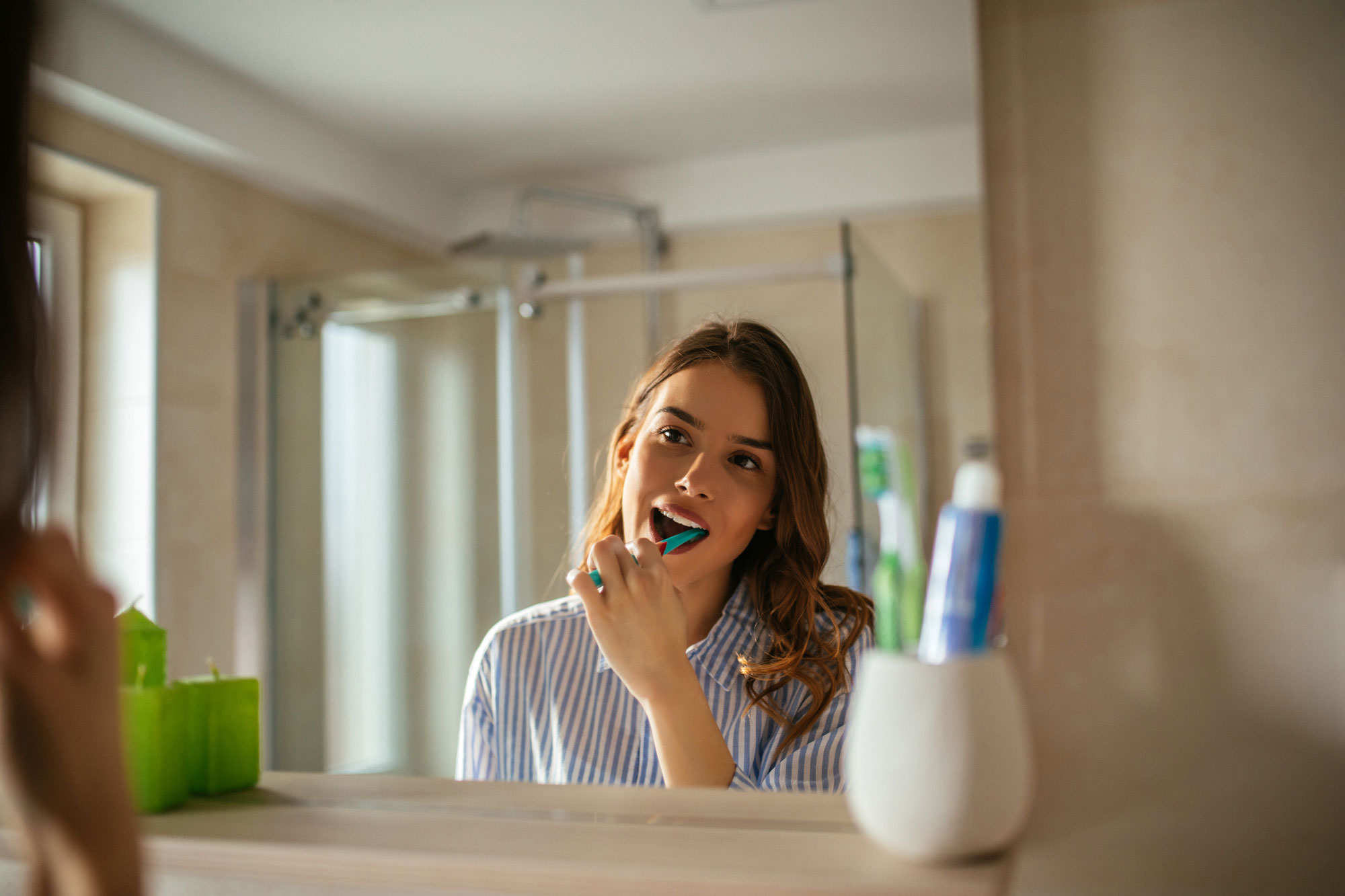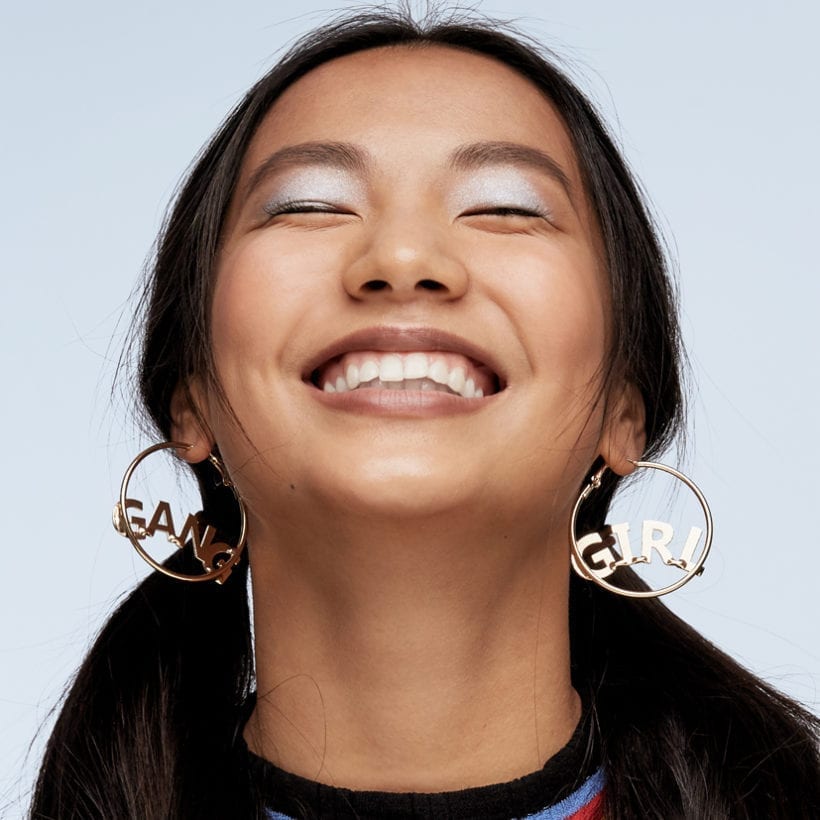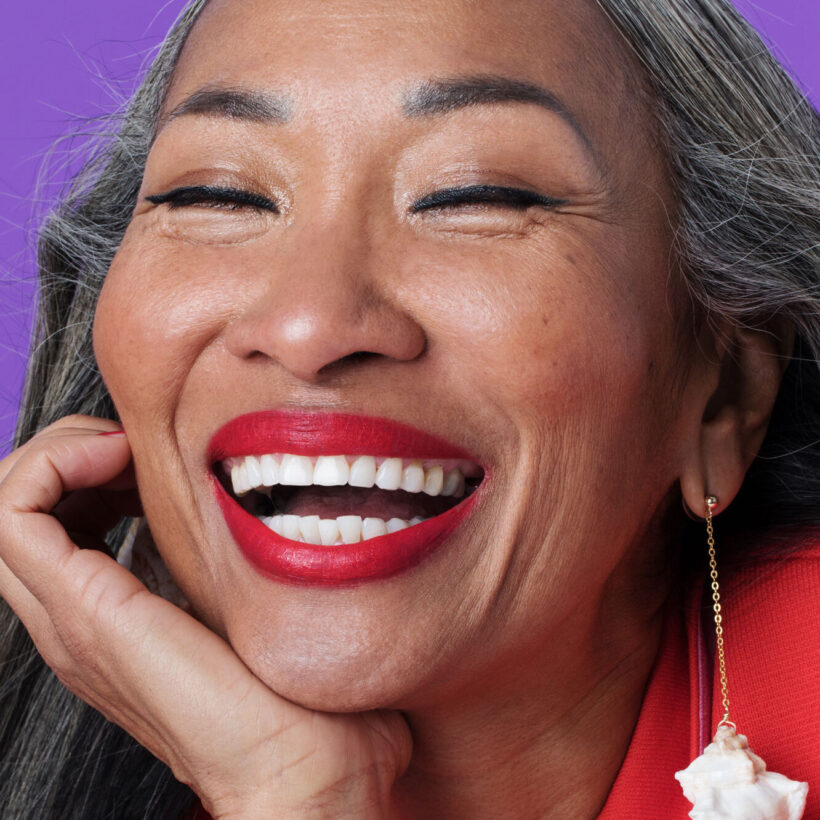Believe it or not, as unsightly as we might think they are, stains on our teeth are totally normal. In fact, if you’ve got yourself a set of pearly whites that are 100 percent stain-free, consider yourself really lucky — and the oddball out when it comes to the rest of the world.
Almost everyone experiences stains on teeth, especially over time. This is simply due to the fact that we’re using our teeth more and, as a result, stains from things we’re eating and drinking, as well as microfractures, or grooves, start to crop up. Over time, old fillings can also discolor and be the source of staining, explains Tina Saw, D.D.S., a General and Cosmetic Dentist at Elevated Smiles. In short, dental imperfections happen to the best of us.
But when you get into the nitty gritty of things, there are actually two types of stains found on teeth: extrinsic and intrinsic stains. Extrinsic stains are those that happen over time and can be caused by coffees and tea or just drinking colorful drinks and foods often, explains Rhonda Kalasho, D.D.S., General and Cosmetic Dentist and CEO of TruGlo Modern Dental. This type of stain can be easily removed by a cleaning, and the deeper stains can be removed by whitening. Intrinsic stains, on the other hand, cannot be removed and tend to occur on the internal layer of the tooth, also known as dentin.
Meet the Experts
Tina Saw , D.D.S., is a General and Cosmetic Dentist at Elevated Smiles and founder and CEO of Oral Genome.
Rhonda Kalasho , D.D.S., is a General and Cosmetic Dentist and CEO of TruGlo Modern Dental.
Jeffrey Sulitzer , D.M.D., is the Chief Clinical Officer at SmileDirectClub.
Lauren Becker , D.D.S., is a General and Cosmetic Dentist in N.Y.C.
Marina Gonchar , D.M.D., is founder of Skin to Smile.
The good news is that, most of the time, stains on your teeth are nothing to worry about. Some stains, however — especially those that are on the darker side — are indicative of cavities, according to Dr. Saw. “A lot of times your dentist will take a look at the stain and feel it with an explorer to see if it is soft,” she says. “If there is a soft feel to it with their instrument, it is indicative of a dental cavity.”
So long as your stains are indicative of an underlying health problem, such as cavities, there’s really nothing to worry about. If you’re hoping to avoid stains on your teeth, it helps to know how you’re getting them in the first place. Here, dentists share some of the most common ways you might be staining your teeth unknowingly.
1. You drink coffee every morning
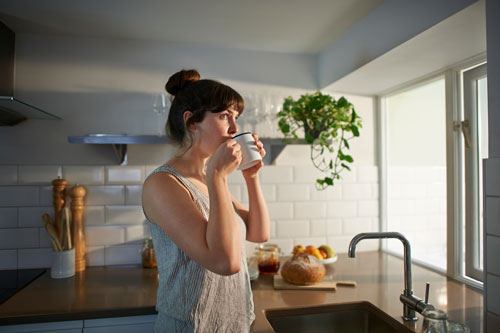
Most of us start our day with a cup of joe without realizing that it’s perhaps the biggest culprit of teeth staining out there. “Coffee introduces bacteria to the enamel, causing it to wear away,” explains Jeffrey Sulitzer, D.M.D., Chief Clinical Officer at SmileDirectClub. While the ideal solution for avoiding stains would be to avoid coffee altogether, this is not something most of us are willing to do. A solution Dr. Sulitzer recommends drinking a cup in one sitting, having a glass of water right after and then brushing your teeth half an hour after.
2. You’re not brushing often enough
Forgetting to brush your teeth after every meal is an additional staining behavior. “People on the go can forget to prioritize brushing teeth properly in the morning and evening and doing both is essential, as it washes away that stain producing bacteria from the day and night,” says Dr. Sulitzer. He recommends using an electric toothbrush, as it makes cleaning easier by getting deeper into nooks and crannies and more effectively removes bacteria and keeps teeth looking clean and white.
3. You don’t floss
As many as 30 percent of Americans don’t floss their teeth, according to a study by the Centers for Disease Control and Prevention (CDC). This is a big problem, since not flossing or not flossing correctly can create issues reaching deeper plaque within gums, causing a buildup and more bacteria to wear away at enamel, warns Dr. Sulitzer. He recommends trying a water flosser, which can work more effectively than traditional floss to break up plaque buildup and prevent stains.
4. You drink red wine
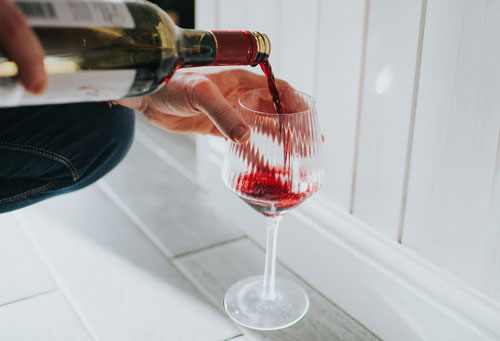
Guilty of enjoying a nice glass of red wine now and then? You’re not alone, but it may be causing your teeth to change color. This is due to the acids, tannins, and natural dyes that hit the enamel on your teeth, explains Lauren Becker, D.D.S., a General and Cosmetic Dentist in N.Y.C. She recommends avoiding drinking more than a glass or so of red wine per week and suggests opting for a lighter alternative once in a while like white wine or clear spirits.
5. You consume a high-protein diet
Believe it or not, but having a high-protein diet can have the same effect on teeth as drinking coffee, warns Dr. Kalasho. “This is due to the way protein is broken down in the body — it makes the saliva acidic and breaks down the crystallin structure, making it more prone to deep settled staining that is difficult to remove,” she says. While you certainly don’t want to cut protein, an essential macronutrient, out of your diet, it may not be a bad idea to make sure you’re eating the right amounts and not overdoing it.
6. You smoke or vape
Most people know that smoking cigarettes or other substances can stain teeth, but may not realize that the recent fad of vaping can do the same. “Although vaping is touted as the safe alternative to smoking, it still contains various amounts of nicotine, which is a chromogen that oxidizes to a yellow or brown color when exposed to oxygen and thereby stains your teeth,” says Marina Gonchar, D.M.D., founder of Skin to Smile. “Because vaping is thought to be safer, most people use it on a more frequent basis, exposing your oral cavity to almost continuous stream of a tooth staining substance.”
7. You grind your teeth
Grinding, also known as bruxism, can cause discoloration as you wear your teeth’s white enamel. “The second layer of the teeth, called dentin, is more yellow and once the enamel is gone and the dentin is showing, it is very difficult to get whiter teeth,” says Dr. Saw. She always recommends her patients to wear a night guard to prevent unconscious nighttime grinding.
